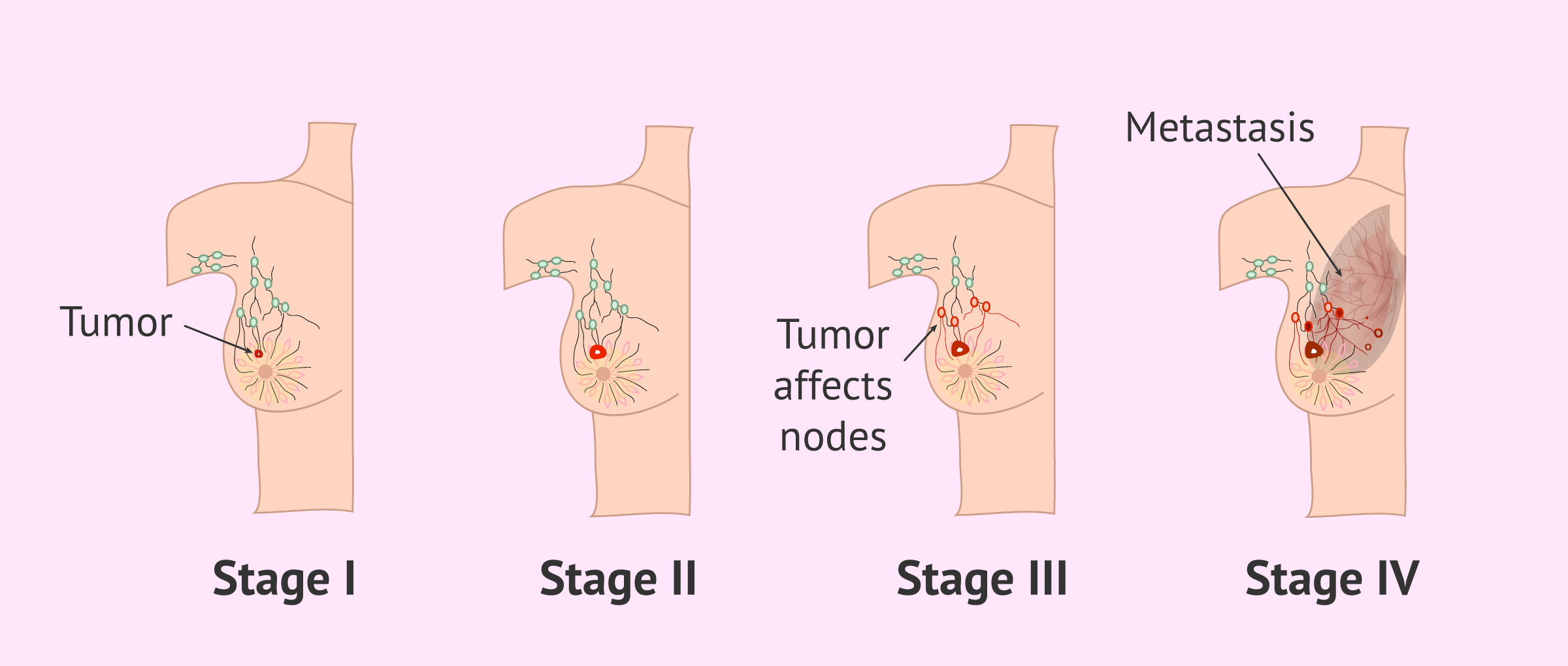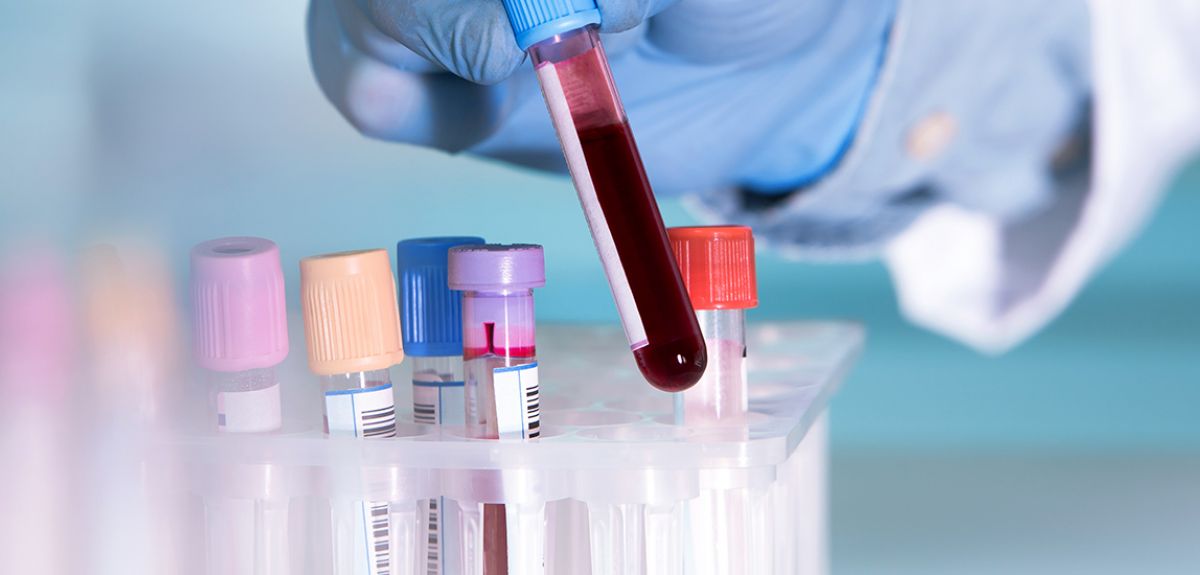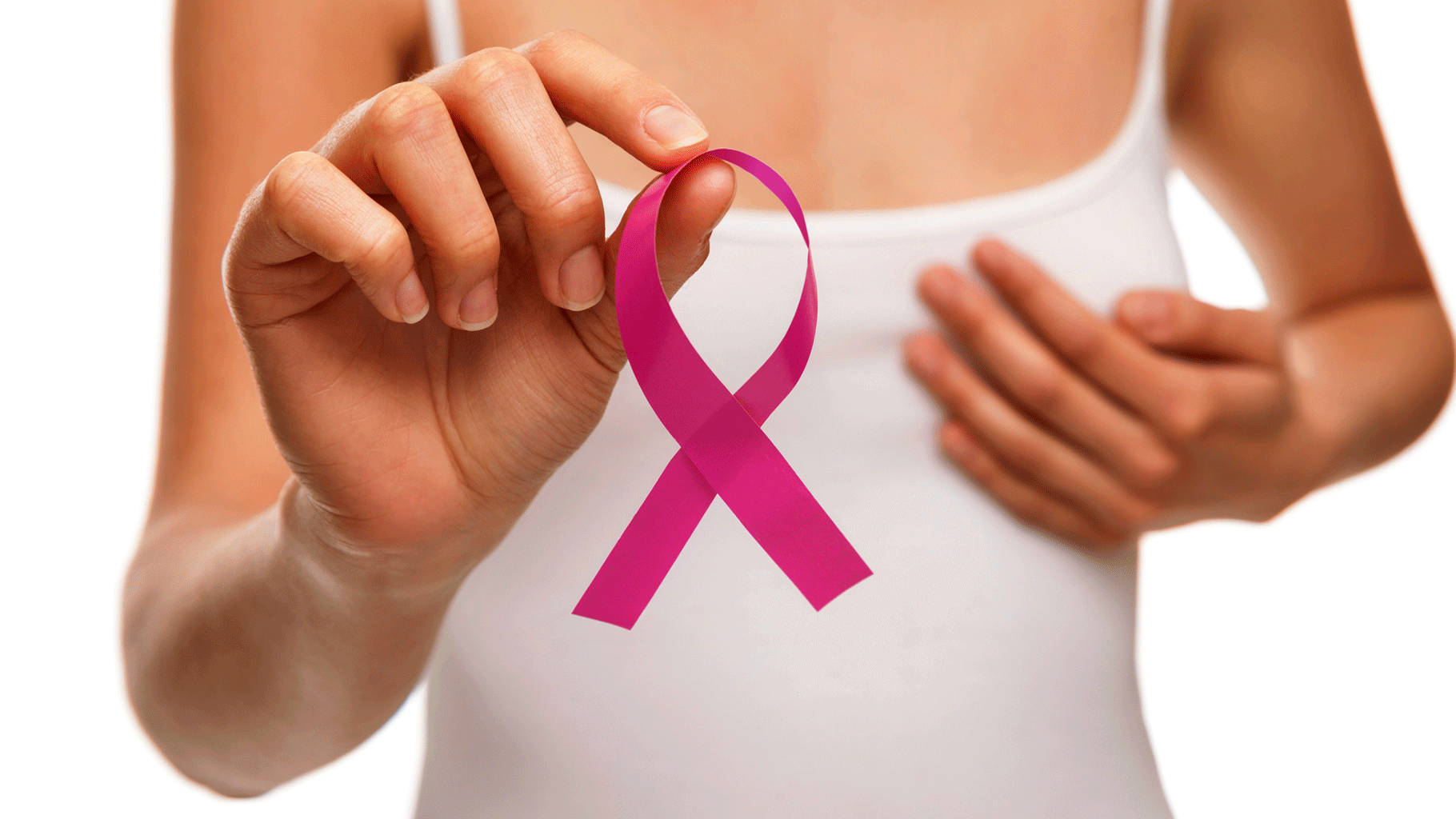Breast cancer is one of the most common cancers among women in the world. Despite its prevalence, many women still don't know what signs you should be concerned about, what tests you should take to detect cancer, or which doctor you should see.
Today we're going to talk about breast exams.
In order to keep your breasts healthy, you need to have regular check-ups. Every woman should palpate her breasts monthly by herself, checking for lumps. In addition, the key to a healthy breast is regular visits to a mammologist.
How often and at what age should I see a mammologist?
It must be said that the incidence of breast cancer has been steadily increasing in recent decades, in addition to the increasing number of young women with the disease. Therefore, it is now believed that one should go to a doctor for a consultation and examination, even in the absence of certain complaints, from around 30 years of age. Unfortunately, breast cancer occurs at younger ages as well, but the main risk group is older women. The peculiarity of breast cancer is that in its early stages it may not cause any complaints, may not have any objective and subjective external manifestations. However, timely examination can detect this type of malignant tumor.
The examination should begin with a basic check-up, every woman should know how to correctly examine her breasts. During examinations at appointments and consultations, mammologists always tell and show how to examine and feel the breast correctly, so as not to miss any suspicious moment.
Examination in order to detect early breast cancer starts with examination. The first thing that should be alarming is:
- The presence of a palpable, that is, detectable by palpation, dense, freestanding nodule in the breast.
- Reddening of any part of the skin on the breast
- Presence of skin edema
- Any deformities of the breast. Retraction of the nipple is a very important point, it can be a sign of the presence of a malignant tumor.
- Nipple discharge. Especially of the bloody type, when there is almost pure blood coming from the nipple.
The presence of these signs does not always indicate that it is a malignant process and cancer. But in these cases, a more detailed examination and examination of the female breast is definitely needed.
All of these signs may be dangerous and should be examined by a doctor, but the first thing that women turn to mammalogist oncologist is the presence of palpable, determinable by palpation, a separately lying lump.
If such complaints are identified, after a detailed examination, the doctor sends the patient for examination.
The main methods of examination of the mammary glands are:
- Mammography
- Ultrasound examination of the mammary glands and regional lymph nodes
- Magnetic resonance imaging of the breasts (allows you to detect small tumors, but it's not a cure-all).
Mammograms are the most common way to detect breast cancer. It shows high efficiency of cancer detection, and doctors recommend doing it once a year, even if there are no signs of breast cancer, to women from 35-40 years old.

Why is it important to have a mammogram? Can a mammography specialist see cancer?
The reason is that small tumors that are somewhere deep in the breast tissue, they are not palpable at first, that is - neither a woman herself, nor a mammologist can palpate this mass. Mammography data allows a doctor to suspect and even detect a mammary gland tumor at an early stage. After a mass has been detected, the question of confirming the diagnosis morphologically, by a puncture biopsy or trepanation biopsy of a breast tumor is decided.
How accurate is the mammography of the breasts?
Mammography of the mammary glands can reveal a tumor on the order of 0.5-1 centimeters depending on the density and location of the lump.
Is the mammography painful? Is Mammography Dangerous?
The indications for mammography, if it is necessary and the doctor prescribes it, these indications exceed the danger and painfulness of this procedure. Modern machines make mammography almost painless. Also, it is worth noting that mammography is not dangerous, because it is a short-term X-ray. The radiation dose is low, and once a year or a year and a half it is quite safe to have a mammogram. Moreover, this technique allows detecting breast cancer at an early stage, and therefore to stop the cancer when it is the least dangerous.
When is it better to have a mammography?
It is considered that the best time is 6-12 days of the monthly cycle. During this period, the estrogen stimulation of the breast tissue is the least expressed, there is less swelling, engorgement, and as a consequence, the breast tissue is better loocated.
How does a mammogram take place?
The procedure itself takes no more than 20 minutes. Mammography does not require any special preparation, it is recommended not to use powder and antiperspirants, because they can distort the images.
- The picture is taken without clothes and jewelry.
- The breast is laid on a special surface and pressed down with a plate. A flatter shape is necessary for the accuracy of the examination.
- The mammographer takes a picture in several projections.
- The procedure is repeated with the second breast.
- After the picture is taken, a conclusion is made.

Can general clinical blood tests detect breast cancer?
General clinical blood tests can very roughly suspect the presence of a malignant process in the body. But these data do not indicate any specific type of cancer and cannot define or recognize it. Tests will show indicators such as sedimentation rate of erythrocytes are elevated while feeling normal, with no fever. This may suggest that this patient should be examined in more detail. The presence of anemia, that is, a decrease in hemoglobin, red blood cells, and platelets may suggest that there is a malignancy.
There are certain types of tumor markers that allow you to understand if there is a malignant process or not, so to speak, without having seen the primary tumor. It should be said that tumor markers are not diagnostically significant in the detection of primary breast tumors. Cancer markers may be elevated, but there is no tumor. They may be normal in the presence of a breast tumor.
These markers can be very informative, to detect disease progression. That is, when the primary tumor has been treated and the patient is under observation, and in the case of distant metastases or recurrence of the disease. In this case the markers show that something is going wrong and their increase suggests that we should look for progression of the disease.

What is a genetic test for cancer?
A genetic test to detect mutations in the genes responsible for the development of different types of tumors. Doctors identify mutations in the two most common genes, BRCA1 and BRCA2. If there are mutations, it indicates that this woman has a higher risk of getting the disease than women who do not have the mutation. This test is especially important if there is a family history of cancer. That is, if close blood relatives have had breast cancer and there is a mutation in one of these genes, then the risk of falling ill is higher and the patient should be screened more often. If a woman is usually examined once a year (mammography, ultrasound, checkup), a woman with a family history of mutations in these genes should be examined at least once every six months.
The presence of a mutation does not mean that a woman is one hundred percent likely to get breast cancer, but after a certain age, around 50-60 years, the probability increases significantly.
Today, it is mandatory to be tested for a genetic mutation in the presence of a family history. The analysis is also important for those women who already have been diagnosed with a breast tumor, because it is believed that in the presence of a BRCA1 mutation, the risk of cancer in a healthy breast is higher than if this mutation is absent. In such cases, prophylactic reconstruction of the healthy breast at the same time as the diseased breast is often considered.
Do I need to be examined if my breasts don't bother me?
The answer is unambiguous - YES! We have already written and we will repeat that early tumors usually do not cause any complaints and they can be detected only by additional methods of examination, such as mammography.
It should be understood that nowadays early cancer, and not only early, even more advanced versions of breast cancer, it is not a sentence. For women who fall ill, it is necessary to perform a complete examination, to make a morphological diagnosis, to identify the histochemical subtype of the tumor and to carry out adequate treatment. If these conditions are met, then the prognosis at this diagnosis becomes favorable and the chances of recovery for women who fall ill with breast cancer are quite high.
Therefore, there is no need to be afraid to visit a doctor, if you find a lump or other disturbing symptoms, you should go to the doctor and tell your story, and a qualified oncologist-mammologist will prescribe additional examinations and treatment.
A mammography specialist can see cancer in its early stages and save your life. Don't ignore your annual checkups, have exams, monitor your health and stay healthy.
If you still have questions or would like to be examined by a mammologist or to have breast cancer treatment in Ukraine, you can contact the manager of UAmedTOURS.

MEDICAL DISCLAIMERThis content is for informational and educational purposes only. It is not intended to provide medical advice or to be a substitute for such advice or treatment by a personal physician. All readers of this material are advised to consult their own physicians or qualified health care professionals. UAmedTOURS is not responsible for the possible health consequences to any person or persons reading or following the information contained in this educational content. All readers of this content, especially those who take prescription or over-the-counter medications, should consult their physicians before making any changes in their diet, lifestyle, taking pills, or other facts that may affect your physical and psychological health.









